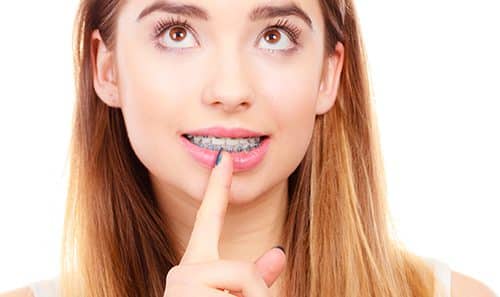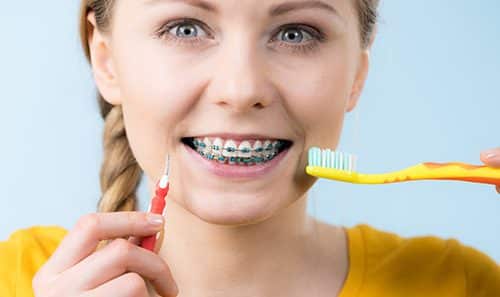
Every Day is Earth Day
During the early days of the environmental awareness movement, those who demonstrated against pollution, toxic chemicals,…

Elastics and Braces
If you’ve visited Crichigno Orthodontics, then there’s a good chance you’re looking to perfect your smile…

Dental Adulting
Now that you’re entering the working world, or heading off to college, or pursuing any of…

Healthy Digestion Begins with Healthy Teeth
You pay attention to what you eat. After all, your oral health depends on it. Without…

When Extraction Is Your Best Option
Orthodontists and dentists use advanced procedures to treat and save teeth. But sometimes, a tooth just…

Can Toothpaste Repair Tooth Decay?
It seems like the ads are everywhere these days—repair your enamel and reverse tooth decay with…

Straight Talk about Your Smile
Braces and aligners help straighten teeth and create a confident, attractive smile. And those visible benefits…

Your Hard-Working Teeth
Healthy teeth make you happy to share your smile with the world. But there’s more to…

The Start of Valentine’s Day
Valentine’s Day, also known as Saint Valentine’s Day, has been said to originate with a Catholic…

Before You Pop the Top on That Energy Drink . . .
We get it. You’re working out and could use a boost. It’s 2 a.m. and that…


